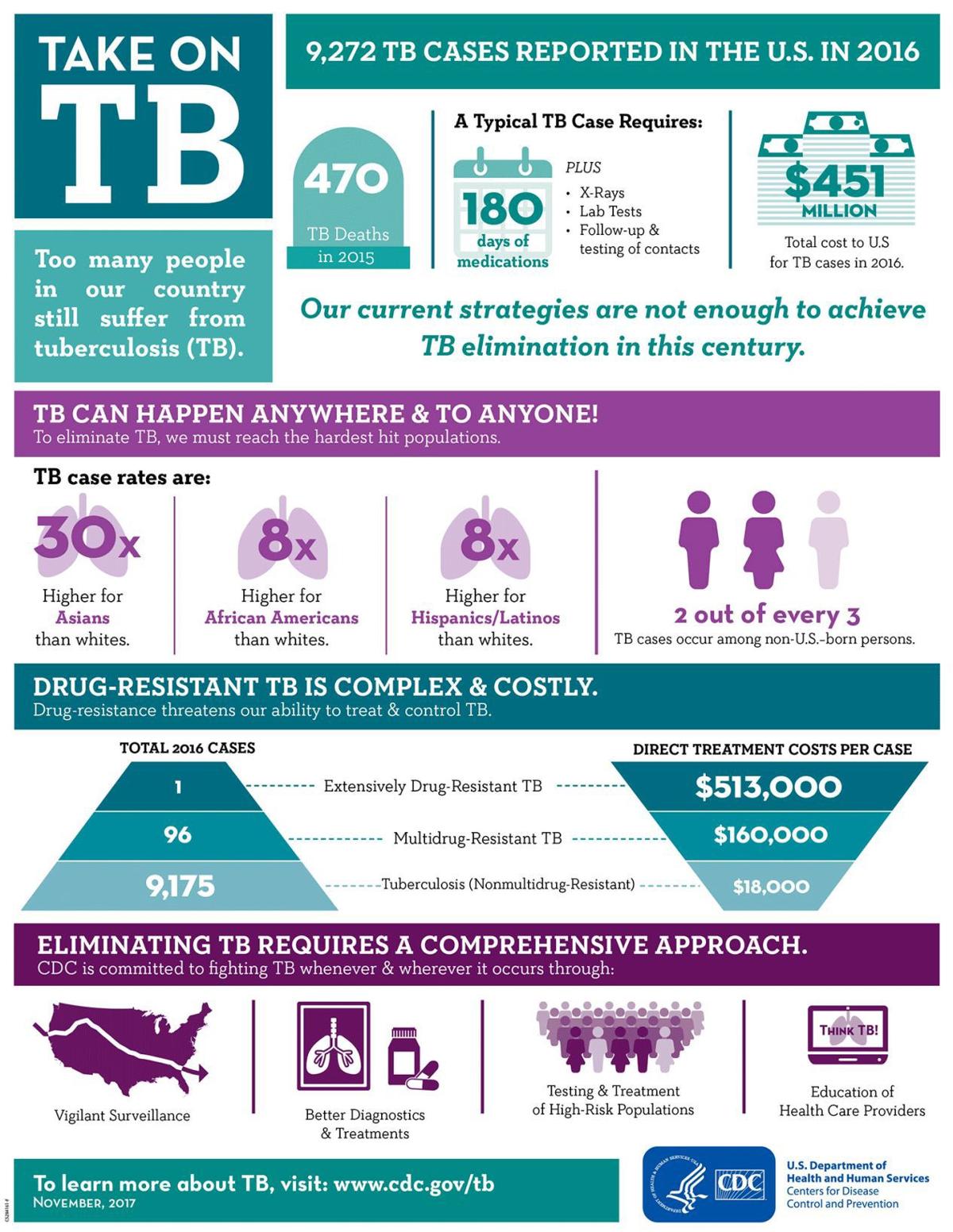What is Tuberculosis?

Tuberculosis is a bacterial infection caused by Mycobacterium tuberculosis, which primarily affects the lungs, but can also affect other parts of the body, such as the kidneys, spine, and brain. TB is usually spread through the air when an infected person coughs, sneezes, or talks, releasing droplets that contain the bacteria. People with weakened immune systems, such as those with HIV/AIDS, are more susceptible to TB infection.
Causes of Tuberculosis Outbreaks
TB outbreaks can occur in various settings, including hospitals, clinics, schools, and communities. The causes of TB outbreaks can be attributed to several factors, including:
- Poor ventilation: Inadequate ventilation in buildings and public spaces can lead to the accumulation of airborne bacteria, increasing the risk of transmission.
- Crowding: Overcrowding in hospitals, clinics, and other public spaces can facilitate the spread of TB.
- Inadequate infection control measures: Failure to implement proper infection control measures, such as masking and isolation, can contribute to the spread of TB.
- Delayed diagnosis and treatment: Delays in diagnosing and treating TB can lead to the spread of the disease to others.
- Migration and travel: The movement of people from areas with high TB prevalence to areas with low prevalence can lead to the introduction and spread of TB.
Symptoms of Tuberculosis
The symptoms of TB can vary depending on the location and severity of the infection. Common symptoms include:
- Cough: A persistent cough that lasts for more than two weeks
- Coughing up blood: Coughing up blood or rust-colored sputum
- Chest pain: Pain or discomfort in the chest
- Fever: A low-grade fever that can persist for weeks or months
- Weight loss: Unintentional weight loss
- Fatigue: Feeling weak or tired
- Night sweats: Recurring night sweats
Diagnosis of Tuberculosis
TB diagnosis involves a combination of clinical evaluation, laboratory tests, and imaging studies. The most common diagnostic tests include:
- Mantoux test: A skin test that detects the presence of TB antibodies
- Sputum smear microscopy: A test that examines sputum samples for the presence of TB bacteria
- Chest X-ray: An imaging study that can detect abnormalities in the lungs
- Interferon-gamma release assay (IGRA): A blood test that detects the presence of TB infection
Treatment of Tuberculosis
TB treatment typically involves a combination of antibiotics that target the bacteria. The standard treatment regimen includes:
- Isoniazid: A first-line antibiotic that kills TB bacteria
- Rifampin: A first-line antibiotic that kills TB bacteria
- Pyrazinamide: A first-line antibiotic that kills TB bacteria
- Ethambutol: A second-line antibiotic that is used in combination with other antibiotics
Prevention Strategies
Preventing TB outbreaks requires a multifaceted approach that involves:
- Infection control measures: Implementing proper infection control measures, such as masking and isolation, in healthcare settings and communities.
- Screening and testing: Screening high-risk individuals for TB and testing those who are symptomatic.
- Vaccination: Administering the Bacillus Calmette-Guérin (BCG) vaccine to high-risk individuals, such as healthcare workers and those living in areas with high TB prevalence.
- Public awareness: Educating the public about TB symptoms, transmission, and prevention.
- Contact tracing: Identifying and testing individuals who have been in contact with someone with TB.
FAQs
- Q: What is the most effective way to prevent TB transmission?
A: The most effective way to prevent TB transmission is to implement proper infection control measures, such as masking and isolation, in healthcare settings and communities. - Q: Can TB be cured?
A: Yes, TB can be cured with the right treatment regimen, which typically involves a combination of antibiotics. - Q: How long does it take to recover from TB?
A: The recovery time from TB can vary depending on the severity of the infection and the effectiveness of treatment. On average, it can take 6-12 months to complete treatment and recover from TB. - Q: Can I get TB if I’ve been vaccinated?
A: Yes, it is possible to get TB even if you’ve been vaccinated. The BCG vaccine is not 100% effective, and its efficacy can wane over time. - Q: How can I protect myself from getting TB?
A: You can protect yourself from getting TB by avoiding close contact with someone who has TB, wearing a mask in high-risk settings, and getting tested if you’re symptomatic.
Conclusion
Tuberculosis is a serious public health concern that requires a comprehensive approach to prevention and control. By understanding the causes of TB outbreaks, recognizing the symptoms, and implementing effective prevention strategies, we can reduce the spread of the disease and ultimately eliminate it. It is essential to prioritize TB prevention and control measures, particularly in high-risk settings, such as healthcare facilities and communities with high TB prevalence. By working together, we can make significant progress in the fight against TB and create a healthier, safer world for everyone.
Closure
Thus, we hope this article has provided valuable insights into Tuberculosis outbreak prevention. We hope you find this article informative and beneficial. See you in our next article!